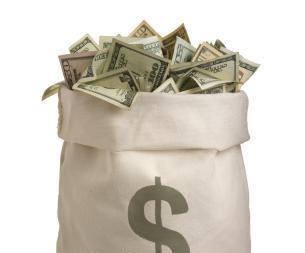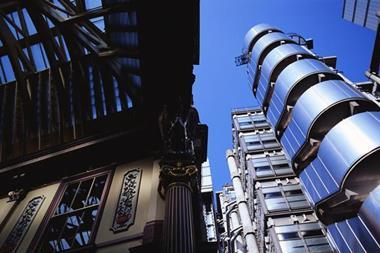By opting to plough $5bn into a share buyback scheme, Aon may keep its directors and shareholders happy. But what about the wider picture?
There’s usually an element of gamble in a share buyback programme, and today Aon announced its $5bn share buyback – a very large amount of money even for a company of Aon’s size.
The buyback will considerably reduce the shares in circulation, meaning the remaining shareholders will get more bang for their buck when Aon distributes its retained earnings in the form of a dividend.
It will also boost the personal wealth of its directors, whose performance is rewarded in shares. Aon’s chief executive Greg Case took home $20m last year in compensation.
Aon’s thinking in the buyback programme is reasonable enough: it is highly cash-generative without any significant risk capital requirements; it hasn’t raised the dividend in a decade; and the stock is undervalued. So why not go out there and hand out some treasure to its shareholders in the form of more juicy dividends?
The share buyback decision may have also been prompted by the move to London, meaning there’s more cash to hand out because of the tax savings.
Wise move?
But there comes the catch. That money could be ploughed back into the business in a multitude of ways, such as investing money in new technologies, luring more talented staff with higher rewards, and funding further expansion into emerging markets.
Taking the last point, let’s look at Asia. Companies there lead the world in many sectors, including technology and manufacturing. But, in terms of financial services, the continent has some way to go in catching up with the West.
That means there’s plenty of scope for a financial services giant to emerge in Asia, take a grip on that market and even expand into the West.
And what about Aon’s domestic rivals? Aon led the way on its risk information database, GRIP, but rivals now have similar systems and you can be sure they’ll be thinking of new ways to get an edge.
Solid foundations
Aon will have carefully weighed up all these considerations before committing itself so publicly to the buyback programme.
And at least the company is coming from a position of strength with rising earnings and market-leading products. Unlike Willis, which looked keen to please shareholders by announcing a $100m share buyback in February against a backdrop of dwindling profits.





































No comments yet